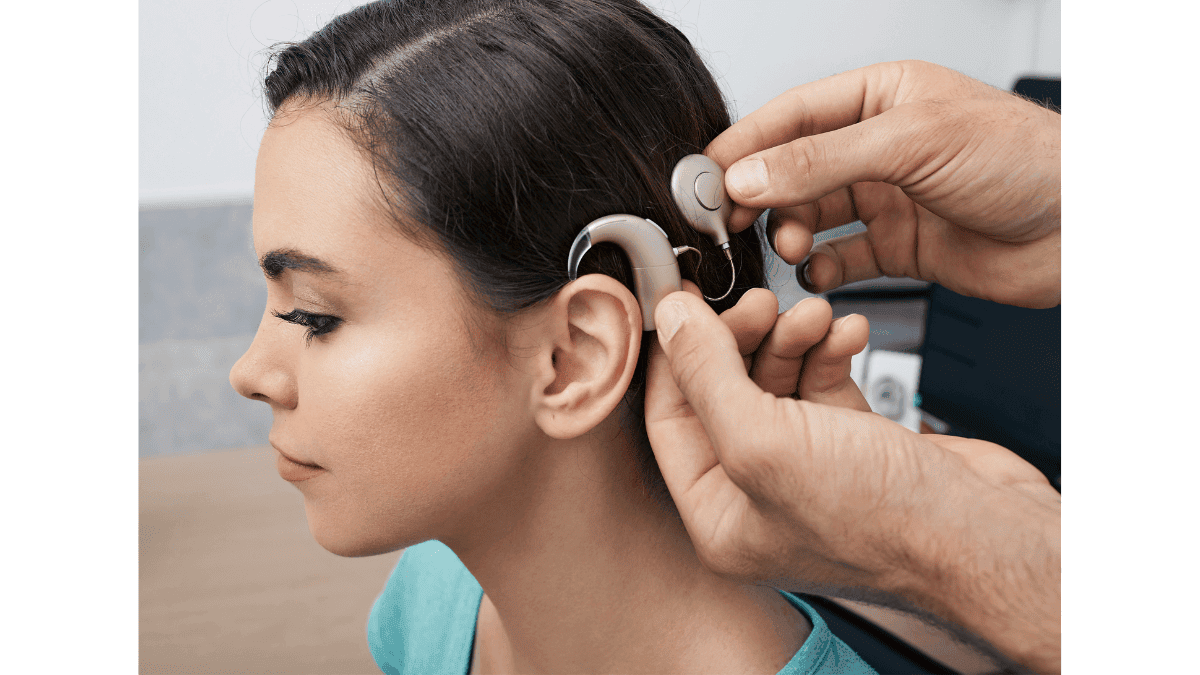Summer is finally here, and individuals with cochlear implants may encounter some unique challenges in safeguarding their devices while enjoying outdoor activities. From protecting the implant from moisture to preventing damage due to sun and extreme temperatures, it’s important to be mindful of the specific summer safety considerations associated with cochlear implants. In this guide, we’ll explore essential tips to ensure a safe and enjoyable summer for you and your cochlear implant.
Shielding from Water Exposure
Water poses a significant risk to cochlear implants, potentially causing damage to the device or compromising its functionality. It’s important to take proactive measures to shield the implant from water exposure, especially during water-based activities such as swimming, water sports, or even unexpected rain showers.
- Waterproof Accessories: Invest in waterproof accessories specifically designed for cochlear implants, such as protective covers or cases that offer reliable water resistance. Make sure that these accessories fit securely and provide effective protection against water and moisture.
- Drying Kits: Keep a drying kit on hand to quickly dry the external components of the cochlear implant after exposure to moisture. These kits typically include drying containers or drying capsules that absorb any residual moisture, helping to maintain the integrity of the device.
- Swim Caps and Headbands: When you participate in water-based activities, consider using swim caps or a headband to cover the external sound processor and protect it from direct contact with water. Opt for materials that are quick-drying and provide adequate coverage to minimize water exposure.
Managing Sweat and Moisture
Excessive sweat, which is common during hot summer days, can pose challenges for cochlear implant wearers. Accumulated moisture can impact the functioning of the device and may lead to discomfort or irritation. You can use the following strategies to effectively manage sweat and moisture:
- Moisture-Wicking Gear: Choose clothing and accessories made from moisture-wicking fabrics that help to draw sweat away from the body and facilitate evaporation. By reducing the amount of sweat in contact with the implant, you can minimize the risk of moisture-related issues.
- Sweatbands and Covers: Use sweatbands or specialized covers designed to absorb sweat and provide a protective barrier for the cochlear implant components. These accessories can also offer added comfort and prevent the buildup of moisture during outdoor activities.
Protect from Sun Exposure
Extended exposure to sunlight and UV radiation can affect the external components of cochlear implants. Prolonged sun exposure may lead to discoloration, degradation of materials, or potential impact on device performance. Implement the following precautions to safeguard the implant from sun damage:
- Sunscreen Application: Apply a layer of sunscreen to the skin around the implant site, especially if the sound processor or any external components are exposed. Opt for a broad-spectrum sunscreen with a high SPF to provide adequate protection against UV rays.
- Sun-Protective Accessories: Consider using hats, visors, or headscarves to shield the implant from direct sunlight. Choose lightweight and breathable accessories that offer coverage while allowing for ventilation to prevent overheating and sweating.
Mitigating Effects of Extreme Temperatures
Fluctuations in temperature, particularly exposure to excessive heat, can impact the functionality and comfort of cochlear implants. High temperatures may accelerate battery depletion, affect adhesive integrity, or cause discomfort for the wearer. Here are a few strategies to mitigate the effects of extreme heat:
- Battery Monitoring: Be mindful of the impact of heat on battery performance, and monitor the battery life more closely during hot weather. Keep spare batteries on hand and store them in a cool, shaded place until needed.
- Avoiding Direct Heat Exposure: Minimize direct exposure of the cochlear implant to sources of extreme heat, such as heated surfaces, open flames, or prolonged sunlight. Ensure that the implant remains in a shaded and ventilated area to prevent overheating.
Consider Protective Headgear
For individuals participating in sports or recreational activities that carry a risk of head injuries, such as cycling, skateboarding, or climbing, consider using protective headgear that accommodates your cochlear implant. Look for specialized helmets or headgear that provide adequate protection while allowing for the secure placement of the implant’s sound processor.
Visit Us for More Support
By incorporating these summer safety tips, individuals with cochlear implants can confidently engage in outdoor activities while safeguarding their devices. Prioritize proper protection, and visit us for more support.

